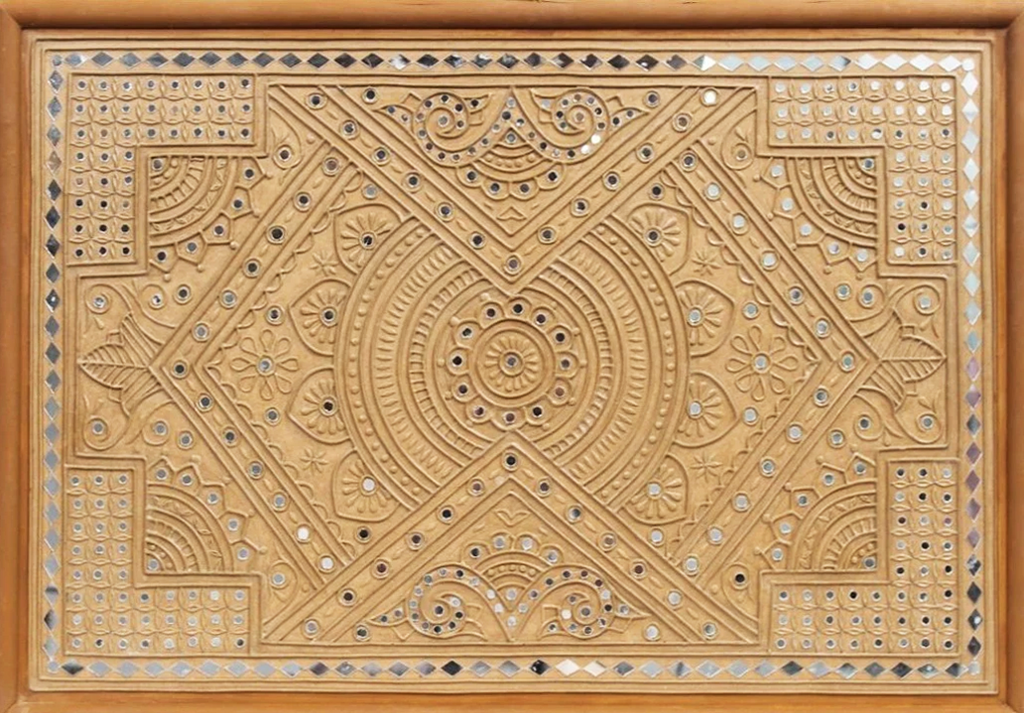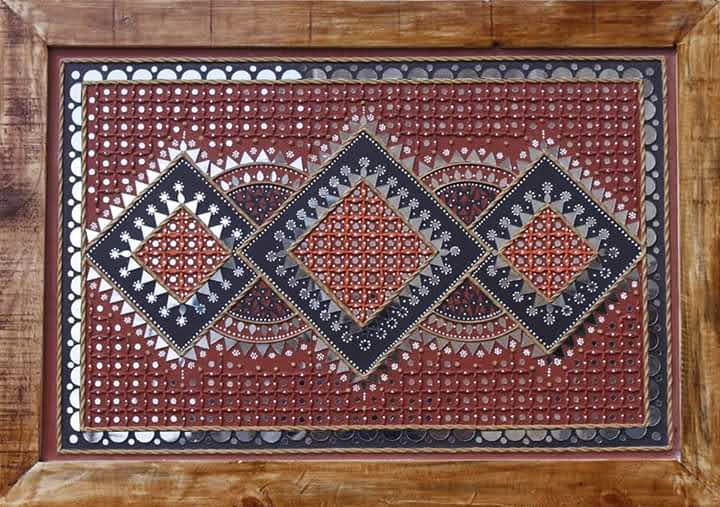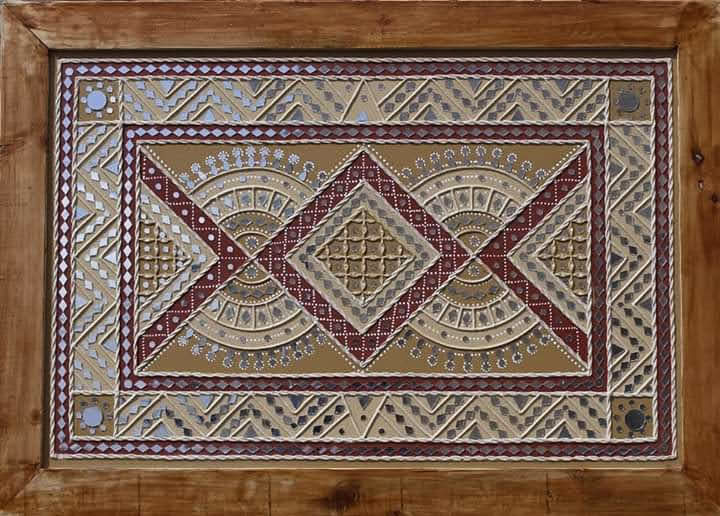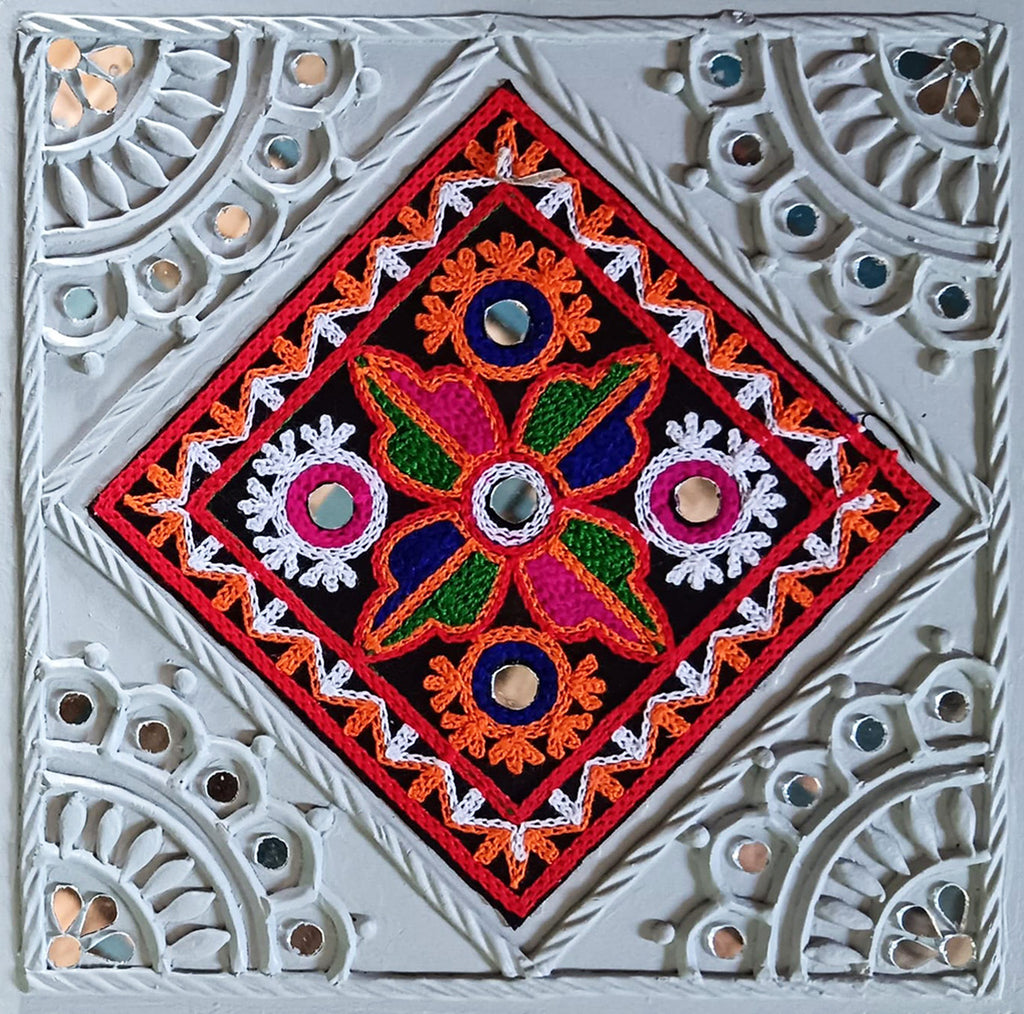-
- Regular
-
 Request Price
Request Price
-
- Regular
-
 Request Price
Request Price
-
- Regular
-
 Request Price
Request Price
-
- Regular
-
 Request Price
Request Price
-
- Regular
-
 Request Price
Request Price
-
- Regular
-
 Request Price
Request Price
-
- Regular
-
 Request Price
Request Price
-
- Regular
-
 Request Price
Request Price
-
- Regular
-
 Request Price
Request Price
-
- Regular
-
 Request Price
Request Price
-
- Regular
-
 Request Price
Request Price
-
- Regular
-
 Request Price
Request Price
-
- Regular
-
 Request Price
Request Price
-
- Regular
-
 Request Price
Request Price
-
- Regular
-
 Request Price
Request Price
-
- Regular
-
 Request Price
Request Price
-
- Regular
-
 Request Price
Request Price
-
- Regular
-
 Request Price
Request Price
-
- Regular
-
 Request Price
Request Price
-
- Regular
-
 Request Price
Request Price
-
- Regular
-
 Request Price
Request Price
About Lippan Art / Mud and Mirror Work
Lippan art, also known as Mud and Mirror work, is a traditional Indian craft that has its roots in the desert region of Kutch, Gujarat. This unique art form involves... Read More
Highlights of Lippan Art / Mud and Mirror Work Artform
| Artform | Lippan Art / Mud and Mirror Work |
|---|---|
| Origin | |
| Materials Used | |
| Colours Used | |
| Popular Themes | |
| Price Range | |
| Artists | |
| Making Process | Handmade |





























































